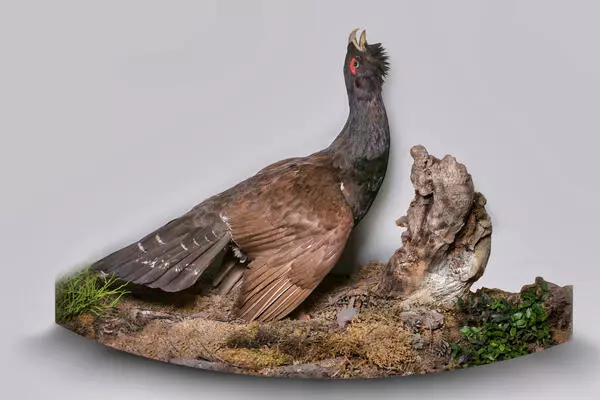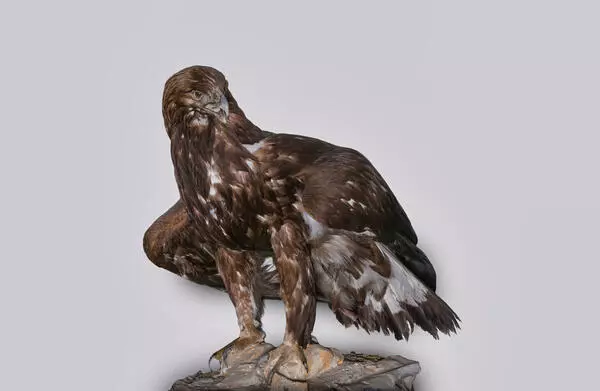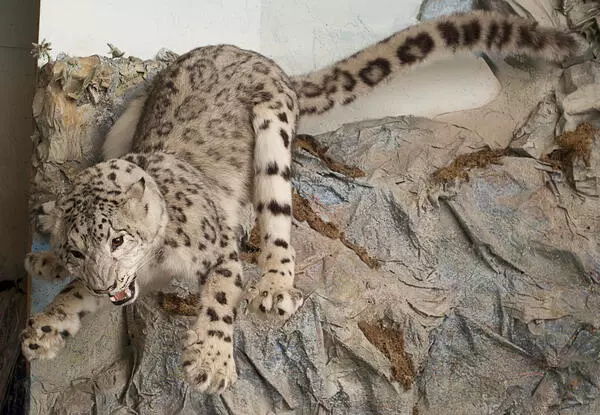The subclass of mammalian animals, or viviparous animals (Theria), is divided into two infraclasses, placentals and marsupials. Kangaroos (Macropodidae) belong to the typical marsupials. As mammals should, they nurse their cubs with milk, but the babies are born immature and grow in their mother’s pouch for some time. Scientists count 250 species of marsupials in all.
Kangaroos are born blind, naked, helpless and very small, many times smaller than their parents. For example, the cubs of the great red kangaroo, which reaches two meters in height when mature, are born only two centimeters long.
This baby has a difficult task: to get into the bag. The kangaroo tries to help it: it licks its fur in advance, paving a kind of path from the birth hole to the bag. But the baby kangaroo has to go all the way by itself.
There are four nipples of mammary glands in the pouch. The kangaroo captures one of them with its mouth, sucks on it firmly and does not let it out for many months. The cub gradually grows, develops, opens its eyes, and is covered with fur. Then it starts peeking out of its mother’s pouch, and later it makes short trips, jumping right back in at the slightest rustle. After the kangaroo cub leaves the pouch, the mother immediately gives birth to the next one. It reaches the pouch by the same route, but attaches itself to a different nipple.
Usually kangaroos give birth to a single cub each, less often to two or three, but no more. With the birth of the second baby, the female produces two types of milk: more fatty for feeding the older one and less fatty for the newborn.
In the showcase of the Biology museum you can see the red-necked wallaby, a member of the kangaroo family. They live in the bush forests of eastern Australia and on the island of Tasmania.
The wallaby in the display case is still a juvenile. The adult wallaby ranges in height from 90 to 105 centimeters, weighs 14 to 19 kilograms, and has a tail length of about 70 centimeters. The kangaroo’s muzzle is dark brown, its torso is gray-brown with a reddish hue, and its chest and belly are white.
Like all kangaroos, wallabies feed on plants. They are very active at dusk, but sometimes search for food during the day. Wallabies try to flee from danger by jumping far on their hind legs and using their tail as a balancer.
Kangaroos are born blind, naked, helpless and very small, many times smaller than their parents. For example, the cubs of the great red kangaroo, which reaches two meters in height when mature, are born only two centimeters long.
This baby has a difficult task: to get into the bag. The kangaroo tries to help it: it licks its fur in advance, paving a kind of path from the birth hole to the bag. But the baby kangaroo has to go all the way by itself.
There are four nipples of mammary glands in the pouch. The kangaroo captures one of them with its mouth, sucks on it firmly and does not let it out for many months. The cub gradually grows, develops, opens its eyes, and is covered with fur. Then it starts peeking out of its mother’s pouch, and later it makes short trips, jumping right back in at the slightest rustle. After the kangaroo cub leaves the pouch, the mother immediately gives birth to the next one. It reaches the pouch by the same route, but attaches itself to a different nipple.
Usually kangaroos give birth to a single cub each, less often to two or three, but no more. With the birth of the second baby, the female produces two types of milk: more fatty for feeding the older one and less fatty for the newborn.
In the showcase of the Biology museum you can see the red-necked wallaby, a member of the kangaroo family. They live in the bush forests of eastern Australia and on the island of Tasmania.
The wallaby in the display case is still a juvenile. The adult wallaby ranges in height from 90 to 105 centimeters, weighs 14 to 19 kilograms, and has a tail length of about 70 centimeters. The kangaroo’s muzzle is dark brown, its torso is gray-brown with a reddish hue, and its chest and belly are white.
Like all kangaroos, wallabies feed on plants. They are very active at dusk, but sometimes search for food during the day. Wallabies try to flee from danger by jumping far on their hind legs and using their tail as a balancer.







